Digital Human Modeling
Project
Characterizing
and
understanding
the
human shape variation is essential for many
applications. Examples include product design, clothing, and health
monitoring. Traditional anthropometry uses simple tools, like calipers
and tape measures, to measure linear distances between anatomical
landmarks. These measurements do not provide a unique description of
the body shape. They are also subject to human errors. With the
development of 3D laser scanning technology, it is now possible to
capture the entire body surface. Thus, a new field, 3D Anthropometry,
has emerged. The first 3D anthropometric survey is the CAESAR (Civilian
American and European Surface Anthropometry Resource) project. About
6000 civilians in the US, Italy, and the Netherlands aged between 18
and 65 were scanned.
The goal of this project is to analyze the
variability of the human body shape. We performed statistical shape
analysis on the CAESAR database. The main modes of variation were
extracted from a small number of principle components. Some of them
correspond to our intuitive body characteristics such as height,
weight, muscularity, etc. Analyzing and visualizing these variations
form the foundation of many applications such as designing of clothing,
helmets, masks, and other products that fit the human body better. It
may also help build shape priors that can be used for reconstructing,
recognizing, tracking, and animating human shapes.
Shape variations induced by some
of the main components
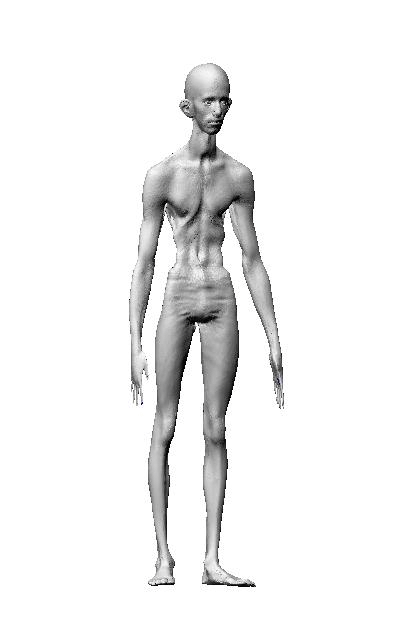 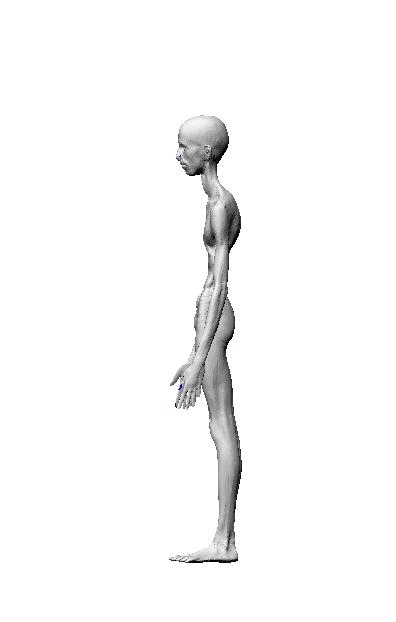
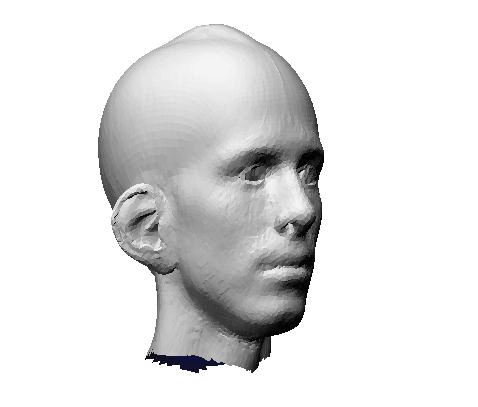 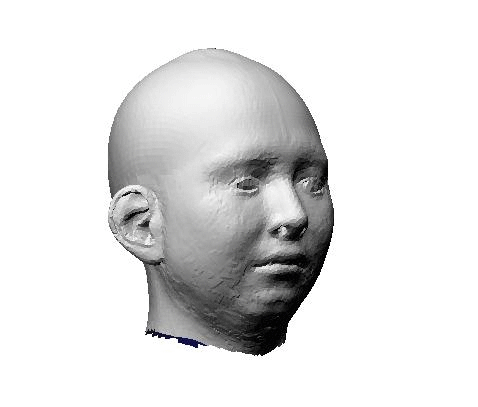
Related publications
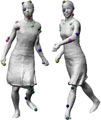
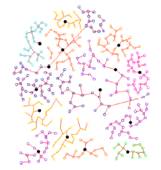
|
Varible posture
registeration
- S. Wuhrer, Z. Ben Azouz, C. Shu. Posture Invariant
Surface Description and Feature Extraction. Accepted to IEEE
Conference on Computer Vision and Pattern
Recognition (CVPR'10), 2010.
- S. Wuhrer, Z. Ben Azouz, C. Shu. Semi-Automatic Prediction of Landmarks on
Human Models in Varying
Poses. Accepted to Canadian Conference on Computer and Robot
Vision (CRV'10),
2010.
- S. Wuhrer, C. Shu, P. Bose. Posture Invariant
Correspondence Of Triangular Meshes In Shape Space. In International
Conference
on 3-D Digital Imaging and Modeling
(3DIM'09),
2009.
- S. Wuhrer, C. Shu, J. Boisvert, G. Godin, P. Xi. Bending Invariant Meshes and
Application to Groupwise Correspondences. In IEEE Workshop on
Non-Rigid Shape Analysis and Deformable Image
Alignment, 2009.
-
Zouhour
Ben Azouz, Prosenjit Bose, Chang Shu, Stefanie Wuhrer, “Approximations
of Geodesic Distances for Incomplete Triangular Manifolds,” In Proceedings
of
the
Canadian Conference on Computational Geometry (CCCG), 2007. [pdf]
- T. Asano, P. Bose, P.
Carmi, A. Maheshwari, C. Shu, M. Smid, and S. Wuhrer, A
Linear-Space
Algorithm for Distance Preserving Graph Embedding, Computational
Geometry:
Theory and Applications, 42(4):289-304, 2009.
|
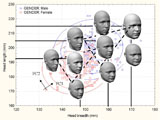
|
Ergonomic design
- Shu, C., Xi, P., Ben Azouz, Z., and Meunier, P. Geometry Processing and Statistical Shape
Analysis of 3-D Anthropometry Data. 17th World Congress on Ergonomics.
August 2009.
- Meunier, P., Shu, C., and Xi, P. Revealing the internal structure of
human variability for design purposes. 17th World Congress on Ergonomics.
August 2009.
- R. Ball, C. Shu, P. Xi,
M. Rioux, J. Luximon, and J. Molenbroek. A
comparison
between Chinese and Caucasian head shapes, accepted to Applied
Ergonomics.
|
|
|
Landmark identification
- Zouhour
Ben Azouz, Chang Shu, Anja Mantel, "Automatic Locating of
Anthropometric Landmarks on 3D Human Models," Third International
Symposium on 3D Data Processing, Visualization and Transmission (3DPVT
2006). Chapel Hill, North Carolina, USA. June 13-16, 2006. [pdf]
|
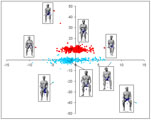
|
Gender classification
|
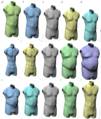


|
Shape analysis,
registration
- P. Xi and C. Shu, Consistent
Parameterization
and Statistical Analysis of Human Head Scans. The Visual Computer, 25(9):
863-871, 2009.
- Pengcheng Xi,
WonSook Lee, and Chang Shu, “Analysis of Segmented Human Body Scans,”
Graphics Interface 2007. [pdf]
-
Pengcheng Xi,
Chang Shu, and Marc Rioux, “Principal Components Analysis on 3-D
Scanned Human Heads,” SIGGRAPH poster, 2007. [pdf]
-
Zouhour
Ben Azouz, Marc Rioux, Chang Shu, and Richard Lepage, "Characterizing
Human Shape Variation Using 3-D Anthropometric Data," The Visual
Computer, volume 22,
number 5. 2005. pp. 302-314. [pdf]
|
 |
Image-based modeling
|
Software
Procrustica, a demo
software for visualizing shape variation is available at www.humanshape.net.
|













